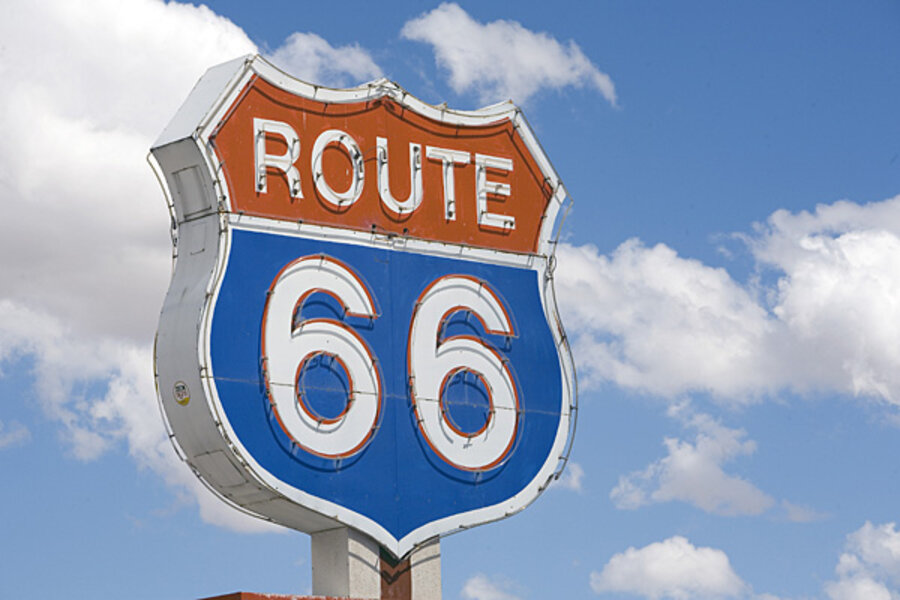Can electric cars save Route 66?
Loading...
U.S. Historic Route 66 is one of the most famous highways in the world, but it's a mere shadow of the journey it was in its 1930s to 1950s heyday.
Eisenhower's Interstate Highway Act of 1956 effectively signed the route's death warrant--and indeed, the towns along it, as flat, smooth, effortless interstate carved its way through the country and around previously prosperous towns..
But could the electric car rekindle interest in the historic highway?
TriplePundit thinks it might, after a trip along the St. Louis to Tulsa leg in a 2013 Ford Fusion Energi plug-in hybrid.
This author thinks it could too. Back in 2007, myself and two friends decided to take on the famed Route 66 ourselves, having just finished college and keen to travel before several years of university weighed us down.
If you're to take on a road trip you might as well start big, and few come bigger than a trip along the 'Mother Road'. Chicago to Santa Monica, "more than two thousand miles all the way", as Chuck Berry famously put it--our final total was around 2,400, if I recall correctly--and a healthy slice of Americana en route.
Electric highway?
Of course, doing such a journey in an electric car in 2007 would have verged on the impossible.
Not only were suitable vehicles few and far between--if they existed at all--but the abandoned towns and dilapidated gas stations wouldn't have provided many opportunities to charge, either. In the end, we drove across the country in a thoroughly sensible (if not particularly green) gasoline-powered Mitsubishi Outlander.
Nowadays, the prospect of such a trip in an electric vehicle would still fill many with dread, but it's far from the impossibility it once was.
The route has enjoyed a minor resurgence over the last few years. This is partly thanks to adventure-seeking tourists like ourselves, partly through the combined efforts of local preservation groups, and partly thanks to exposure from the hit Disney film Cars--whose central plot revolved around a town suffering in just the way many historic Route 66 stops did when the interstates opened.
This resergence provides towns along Route 66 with a unique opportunity to bring themselves screaming into the 21st century--electric car charging.
Before those interstates moved in, many towns along the route had their own small gas stations, rest stops for weary travelers and plenty of kitsch curiosities to draw in tourists. The practicalities of fast interstate driving made these redundant, but for the electric driver with less range and a need for fast charging, the historic route now makes more sense than any time over the last 50 years.







